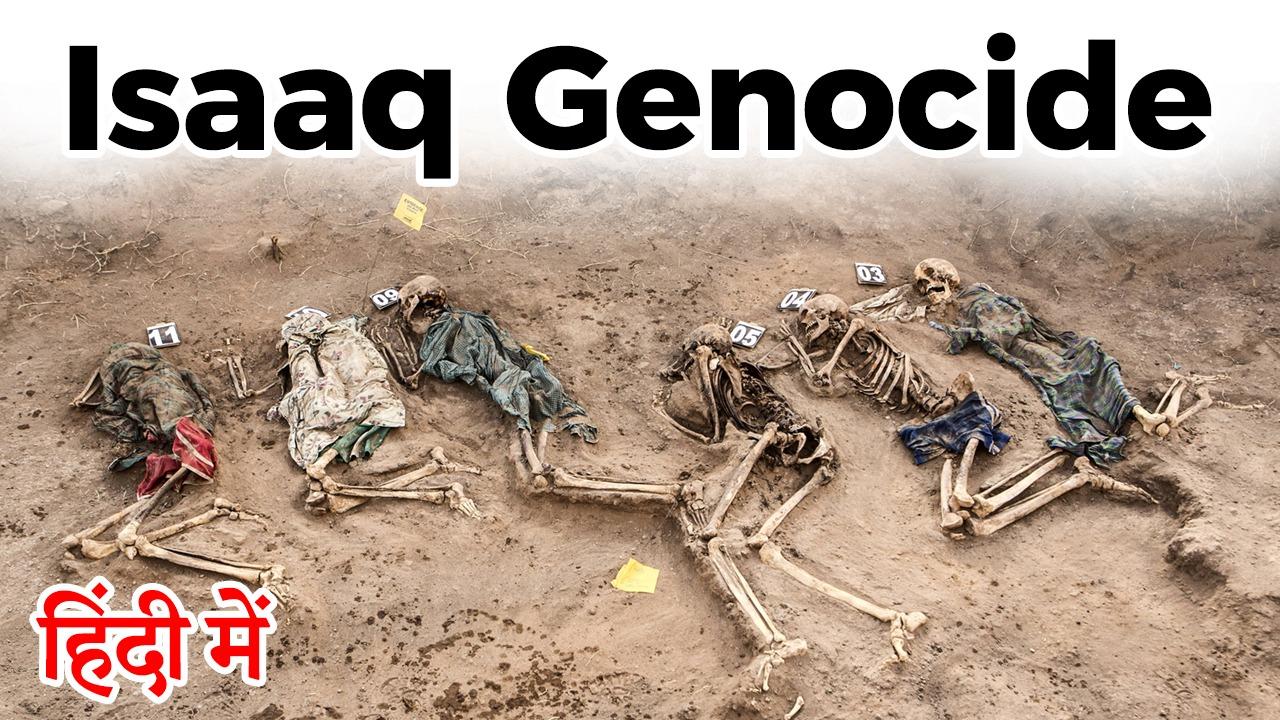Table of Contents

BACKGROUND
- The first Somali state to be granted its independence from colonial powers was Somaliland, a former British protectorate that gained independence on 26 June 1960.
- The rest of what came to be known as Somali Republic was under Italian rule under the title Trust Territory of Somaliland (also known as Somalia Italiana).
- Shortly after Somaliland gained independence, it was to form a hasty union with its southern neighbour to create the Somali Republic. Henceforth British Somaliland was referred to as the northern (or north western) region of the Somali Republic, whilst the former Italian colonial state was referred to as the south.
BACKGROUND
- Within British Somaliland the Isaaq constituted the majority group within the protectorate.
- The northern dissatisfaction with the constitution and terms of unification was a subject that the successive civilian governments continued to ignore.
- The northerns, especially the majority Isaaq, believed that the unified state would be divided federally (north and south) and that they would receive a fair share of representation post unification.
- The south proceeded to dominate all of the important posts of the new state.
1969- COUP
- The political marginalisation that majority of northerners felt was further exacerbated by economic deprivation, the north received just under 7 percent of nationally disbursed development assistance by the late 1970s, as more than 95% of all development projects and scholarships were distributed in the south.
- In October 1969 the military seized power in a coup following the assassination of President Abdirashid Ali Shermarke.
- General Siad Barre was chosen as the head of state and presided over the supreme revolutionary council. The new regime outlawed political dissent and employed a heavy handed approach in managing the state.
THE BEGINNING
- Somalia’s defeat in the Ethio-Somali War caused an influx of Ethiopian refugees across the border to Somalia.
- By 1979, official figures reported 1.3 million refugees in Somalia, more than half of them were settled in Isaaq lands in the north.
- The armed Ogaden refugees started a campaign of terror against the local Isaaqs as they raped women, murdered unarmed civilians.Barre ignored Isaaq complaints throughout the 1980s.
ISAAQ UPRISING
- By early 1978 the Barre regime had full control of the Somali state’s economic apparatus. The Barre regime’s oppressive policies against the Isaaq continued when in 1981, the Barre regime declared economic warfare on Somalis from the northwest and specifically the Isaaq.
- This was a major cause of the eventual fall of the Barre regime in 1991.
- It led a group of Isaaq businesspeople, students, former civil servants and former politicians who lived in the United Kingdom to found the Somali National Movement in London in April 1981.
PLANNING
- It was clear then that the Barre regime had labelled the entire Isaaq population as enemy of the state.
- General Morgan (later to be known as the Butcher of Hargeisa)wrote letter written to his father-in-law during his time as the military governor of the north,this letter came to be known as ‘The Letter of Death’ in which he “proposed the foundations for a scorched-earth policy to get rid of ‘anti-Somali germs'”.
- The policy letter (also known as the Morgan Report) was officially a top secret report to the president on “implemented and recommended measures” for a “final solution” to Somalia’s “Isaaq problem”.
GENOCIDE
- According to Human Rights Watch’s Africa Watch, hundreds of Isaaqs have been executed and subjected to other reprisals on the basis of suspicions.
- During the ongoing conflict between the forces of the Somali National Movement and the Somali Army, the Somali government’s genocidal campaign against the Isaaq took place between May 1988 and March 1989.
- Immediately after the SNM attack on Burao, the government started a campaign of mass arrests in Berbera. Many Isaaq businessmen and elders were arrested as the government suspected they would support an SNM attack on Berbera
World History Free PDF























 WhatsApp
WhatsApp